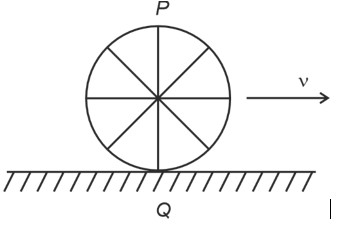Class 11th
Get insights from 8k questions on Class 11th, answered by students, alumni, and experts. You may also ask and answer any question you like about Class 11th
Follow Ask QuestionQuestions
Discussions
Active Users
Followers
New answer posted
3 months agoContributor-Level 10
Solid angle
has dimensions
Strain
has dimensions
Angle measured in radians is also dimensionless
New answer posted
3 months agoContributor-Level 10
Resonance occurs when the frequency of an external periodic force matches the natural frequency of a system. From that, physicists know that resonance causes the amplitude of oscillations to increase significantly. This can be beneficial in devices, such as musical instruments, but dangerous in structures like bridges.
New answer posted
3 months agoContributor-Level 10
The phase in SHM tells us the position and direction of motion of the particle at a specific instant. It determines the state of oscillation and includes both displacement and time information.
New answer posted
3 months agoContributor-Level 10
The restoring force in SHM is the force that always acts towards the mean position and is directly proportional to the displacement from it. It follows F=? kx. Here, the negative sign indicates the force is in the opposite direction to the displacement.
New answer posted
3 months agoContributor-Level 10
Sol. Before collision

It undergoes completely inelastic collision
Using conservation of linear momentum
Initial momentum = Final momentum
New answer posted
3 months agoContributor-Level 10
Air resistance resists the motion of an object. In this case, the net acceleration is lesser than 'g' and it shrinks as the speed increases. This makes the object to speed up more slowly. Ultimately, it reaches a constant terminal velocity which is lower for large-area ones and higher for heavy and streamlined ones.
New answer posted
3 months agoContributor-Level 10
Suppose the position-time graph is a straight line, in this case, the velocity is constant. This means that there is no acceleration.
If the graph is curved, velocity is changing, which means that there is acceleration. If the graph is concave, the slopes will get more positive with time. This means that there is positive acceleration. If the graph is cap-shaped, the slope will become more negative with time. This is known as negative acceleration.
Taking an Exam? Selecting a College?
Get authentic answers from experts, students and alumni that you won't find anywhere else
Sign Up on ShikshaOn Shiksha, get access to
- 65k Colleges
- 1.2k Exams
- 679k Reviews
- 1800k Answers


